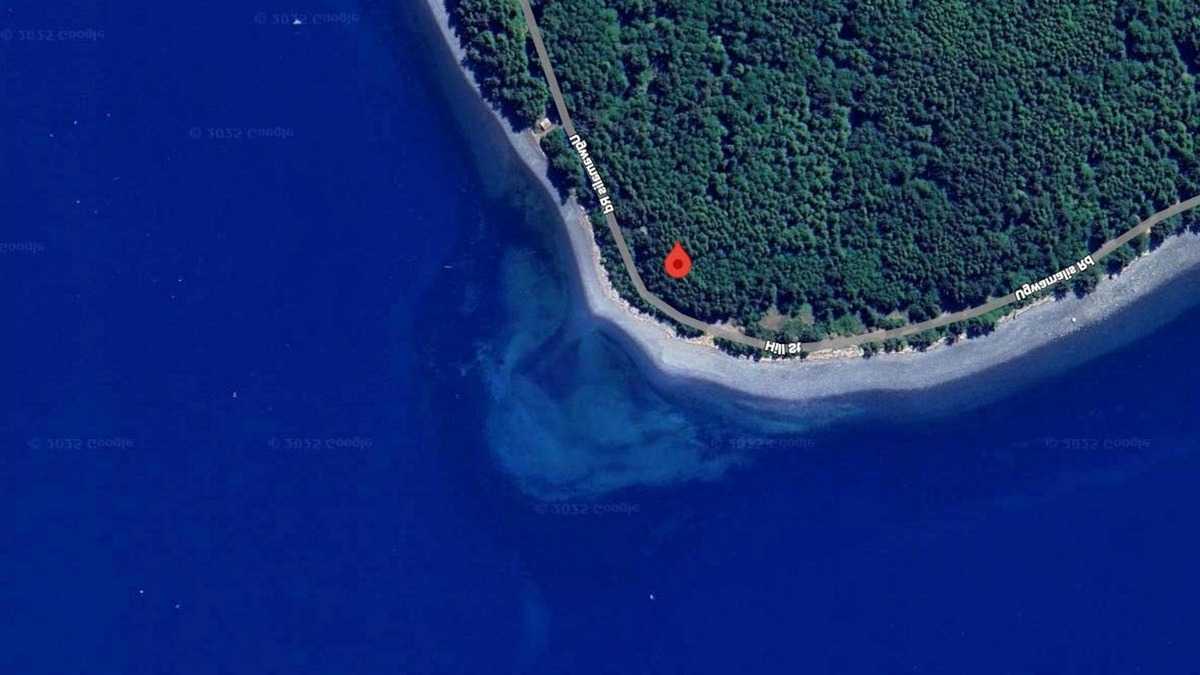Truth & Goodness
Fact or Fiction? 5 Techniques to Spot Manipulation Instantly
13 December 2025

A giant skull spotted on Google Maps off the coast of Canada sparked a massive debate online. Is it an alien artifact, a lost civilization's relic, or just an optical illusion? Dive into the mystery of this viral discovery.
This is not a scene from a science fiction movie or an AI robot. An internet user, searching the world map for unusual formations, stumbled upon an extraordinary Google Maps object. This time, they discovered something that undoubtedly deserves a place in the catalog of the internet’s greatest mysteries. The enormous skull visible in the satellite image off the coast of Canada deeply moved the discoverer, and the photograph quickly went viral. But what exactly is this mysterious skull?
Recommended: 100 Million Years in a Deadly Trap: How Zombie Fungi Operate
Geologists and oceanographers have not yet commented on this matter. However, the internet doesn’t require expert opinions for speculations to abound. The formation‘s symmetry, scale, and distinctness lead many to believe it didn’t arise by chance.
The image rapidly spread worldwide, sparking a heated discussion about the true nature of the mysterious Google Maps object. Some are convinced that this is a unique discovery, while others argue it’s merely an illusion caused by light and perspective. Naturally, with such an intriguing find, theories about aliens quickly emerged. Voices suggested that the formation could be a result of natural forces or a remnant of a sunken civilization.
Internet users are outdoing each other with conjectures and often emotional comments. Yet, a definitive answer remains elusive. This uncertainty is precisely what fuels the most intense emotions and interest.
While many social media users rushed to comment on the discovery, scientists reacted more calmly. Dr. Robin Kramer, a facial perception specialist from the University of Lincoln (England), reminded us that the human brain easily perceives faces in random arrangements of shapes.
“Our recognition system has evolved to be excellent at detecting faces, so it makes more sense to err on the side of caution. We are more likely to see a face where there isn’t one than the other way around,” explained Dr. Kramer, as quoted by Daily Galaxy.
The history of ocean exploration is full of unsolved puzzles and mysterious phenomena. From deep-sea signals and unidentified wrecks to structures of unknown origin. A monstrous underwater “skull” joins this list. While it may not be recognized as proof of extraterrestrial life, it certainly reminds us how little we know about what the waters of our planet conceal.
Underwater depths have fascinated humans for centuries, and technology provides new tools for their analysis. Sometimes, instead of answers, we gain only new questions. The Google Maps object remains one of the most intriguing anomalies of recent years—not the first, and certainly not the last.
Read the original article: Gigantyczna czaszka na dnie oceanu. W internecie zawrzało